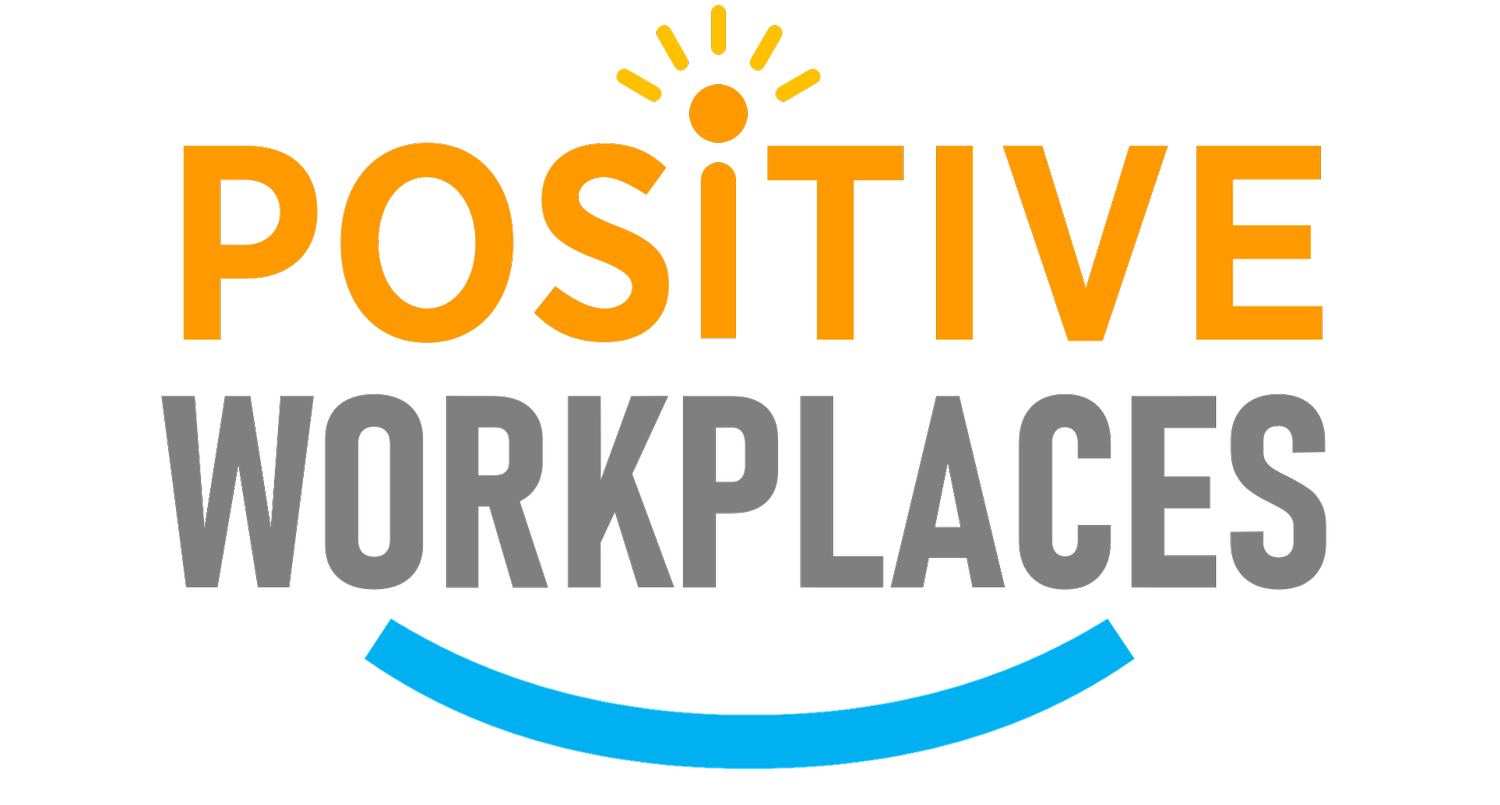Check-In, Check-Out: Putting the Me Things in Meetings
By Beatrice Schallenberg
Have you ever been through a bad day that was turned around because a friend randomly decided to say hello? Have you ever felt a sudden wave of productivity or a clearer head after sharing something that was bothering you? Having this sense of connection with others, whether as a support system or just laughing at a meme together, is important and should be valued. Especially during this COVID-19 pandemic, it has become more evident how having these kinds of interactions can greatly improve well-being. This is something that I personally felt as a member of the Positive Workplaces team through our check-in and check-out culture.
Check-ins and check-outs are done at the start and at the end of a meeting as a way to reconnect with yourself and the group. It gives everyone a chance to be seen and heard by simply answering a prompt. Although this practice may take up some time from the meeting, it comes with several benefits which make it worth the few minutes. I was able to ask some of the current members of the Positive Workplaces team how the check-in, check-out practice is able to help them and these are what they had to say:
1. Check-ins act as icebreakers
“Check-ins and check-outs help me a lot in cutting out the tension of every meeting . . . the process sets a calm vibe in a way. Like the people we’re talking to are still people”
- Joce
“I think of it as something that eases you into the meeting. A warm up so to say?”
- Renzo
2. It can be an avenue for self-reflection
“I think it helps in making me realize how my day or week went and makes me reflect on my emotions so that I could process them.” - Jhoyce
“It makes me more aware of my own habits, strengths . . . a lot of the check-in/check-out questions allow me to reflect on my personal experiences.” - Max
3. Increases levels of psychological safety
“The environment really plays a huge part in how I work and these simple questions
make me feel seen and included” - Recca
“It helps me be more open and I feel that I can share anything through check-ins and
check-outs” - Jhoyce
4. Fosters relationship-building
“It allows me to get to know the people I work with . . . because I get to listen to snippets of their lives and offer my help if needed.” - Max
“It’s a creative way of knowing people and making them feel that I’m not just here
because of business but because I also recognize you as a person.” - Gabby
When facilitating a meeting, there is no need to overthink the type of check-in or check-out question you should ask. The prompts can range from asking what kind of vegetable describes how you feel to what was your win of the week. Check-in questions usually focus on setting the mood for the meeting through relating the prompt to the topic or getting to know the attendees more and about how they currently feel. On the other hand, check-out questions usually focus on reflections and conclusions.
There are only two things that you have to consider when finalizing a check-in and check-out. First, you have to make sure that the prompt fits with the mood for the meeting. Try to get a sense of the context of the attendees before the meeting and, if that is not possible, use the check-in to learn about their situations. Second, take note of the time that you can allot for check-ins and check-outs. This might take up a lot of time if the question requires a sharing of experience or if there is a large group of participants. Some tips that would help would be to make use of pulse questions or set parameters. For example, you can ask them to share their response in one word or to say their answer without any explanation. You can also break the attendees into smaller groups so that they can have a longer and more in-depth sharing experience.
Overall, the check-in, check-out experience can become a real game changer when included into your meetings. It gives attendees the space to clear their heads or understand where others are coming from. This can, in turn, help increase engagement and productivity during the actual meeting. Hopefully this becomes a practice that you can adopt to give yourself and your team the chance to include the me things in your meetings!
For a more personal experience on using check-ins, read Marga’s story here.
References:
Call, M., Mai, T., & Whitlock, J. (2020, October 23). Using check-in questions to promote well-being. Retrieved from March 10, 2022 from https://accelerate.uofuhealth.utah.edu/resilience/using-check-in-questions-to-promote-well-being
Littlefield, C. (2021, June 14). Three powerful check-in activities to jump-start your next virtual meeting. Retrieved from March 10, 2022 from https://www.forbes.com/sites/christopherlittlefield/
2021/06/14/three-powerful-check-in-activities-to-jump-start-your-next-virtual-meeting/?sh=2cd0ca3f32f2










